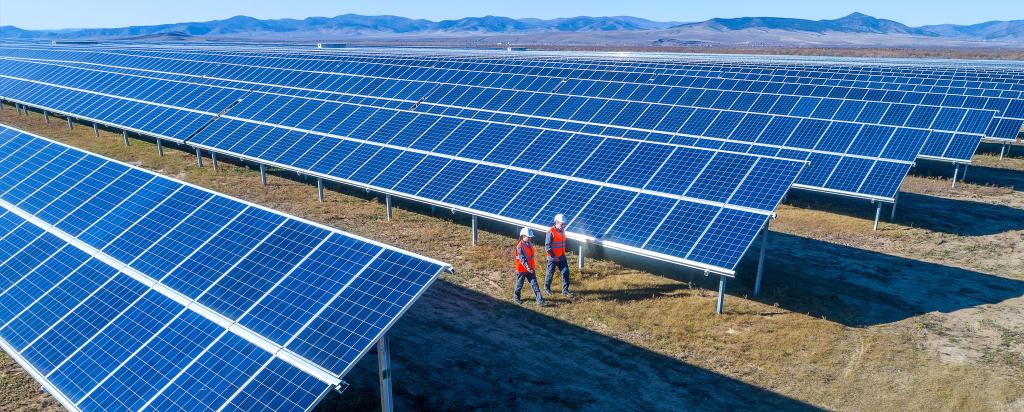
Education Resources
Showing 1 - 10 of 62 learning resources…
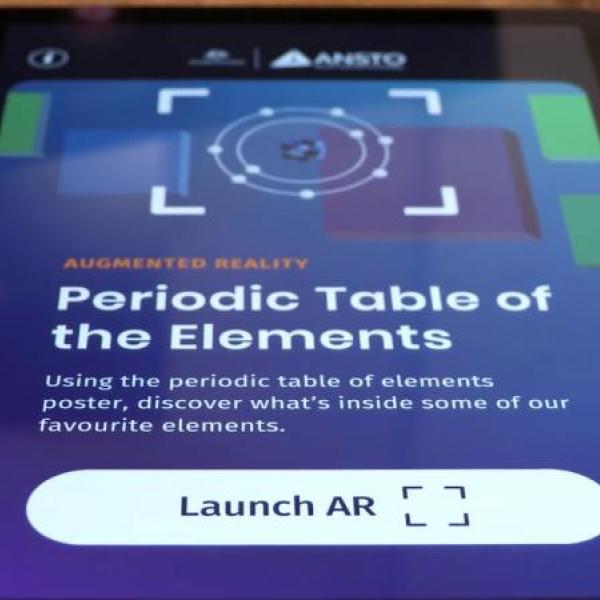
ANSTO XR
The Free ANSTO XR app uses a mix of AR and VR to transport you to the scale of an atom and discover the world of protons, neutrons, and electrons.
See how synchrotron light generated from super accelerated electrons can give scientists x-ray vision.
See how the ANSTO periodic table poster works with Augmented Reality.
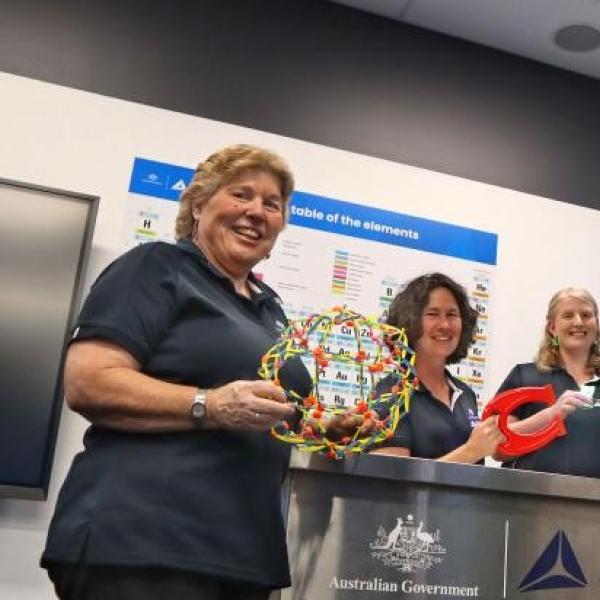
ANSTO Teacher Professional Development
ANSTO delivers free face-to-face and online teacher professional development courses. See our Teacher PD webpage for upcoming courses and registration links.
We also regularly present workshops and talks at teacher and lab technician conferences. If you think we might be a good fit for your upcoming event, please contact us at [email protected] with the details.
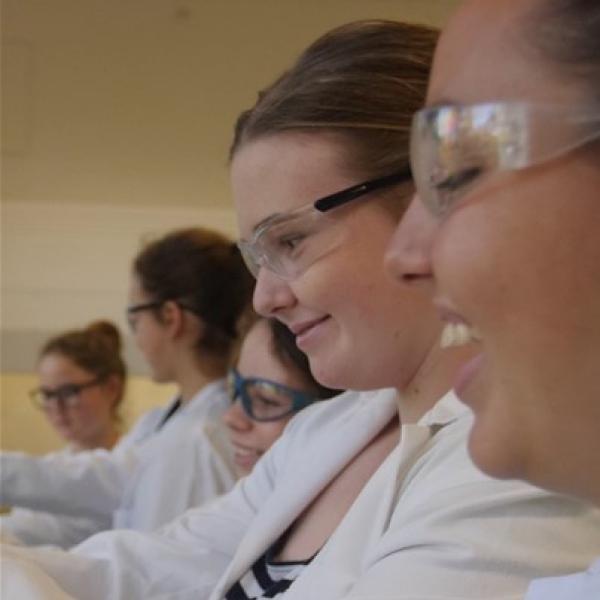
ANSTO Work Experience Program
The ANSTO Work Experience Program is extensive, interactive and hands on! It offers students a rare opportunity to engage with world-class scientists, gain exposure to working laboratories and gain insights into pioneering nuclear science research at ANSTO.
Work Experience webpage
CERN High School Teacher Program
ANSTO and ASTA are partnering with CERN to offer two Australian science teachers the chance to participate in an all-expenses-paid* two-week summer school at the Large Hadron Collider.
CERN PD webpage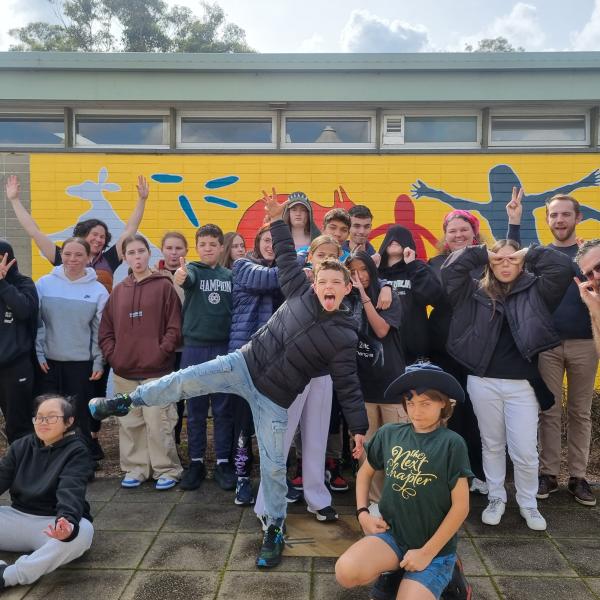
Deaf Youth Science Camp
The Deaf Youth Science Camp is a chance for Deaf/hard-of-hearing young people (aged 12-17 years old) to participate in an immersive science experience.
At the camp, participants will do hands-on science activities, go on tours of different science facilities, and meet Deaf STEM professionals. The camp is also an opportunity to develop personal and leadership skills as well as enhance friendship networks.
This camp is hosted by Deaf Youth Australia and ANSTO. In 2025, the camp was funded by a National Science Week grant.
Website

ANSTO Elementals
Elementals is a fun educational app for learning the Periodic Table. teachers and students will find this app useful in supporting science education in the classroom and practicing on the go.
Play onlineDownload the free iOS app
Atom Builder
Build stable and radioactive isotopes using neutrons, protons and electrons with the ANSTO Atom Builder. Discover the uses and properties of common isotopes, and locate elements in the periodic table.
Play online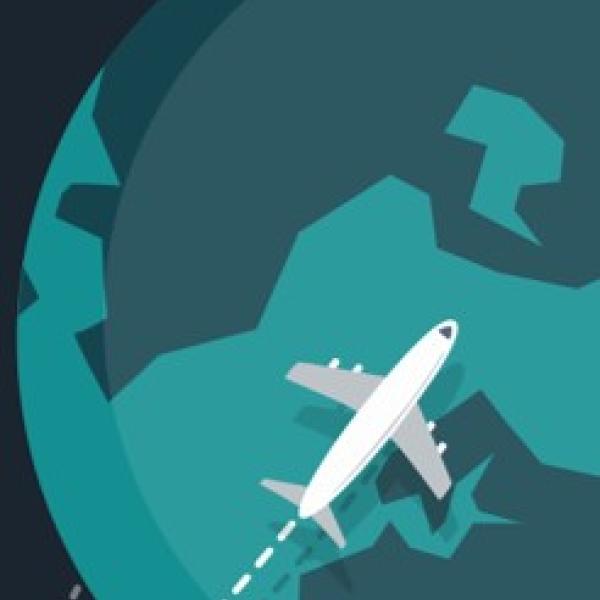
How Radioactive am I?
An interactive quiz to calculate how much radiation you receive in your daily life. The answers might surprise you!
Play online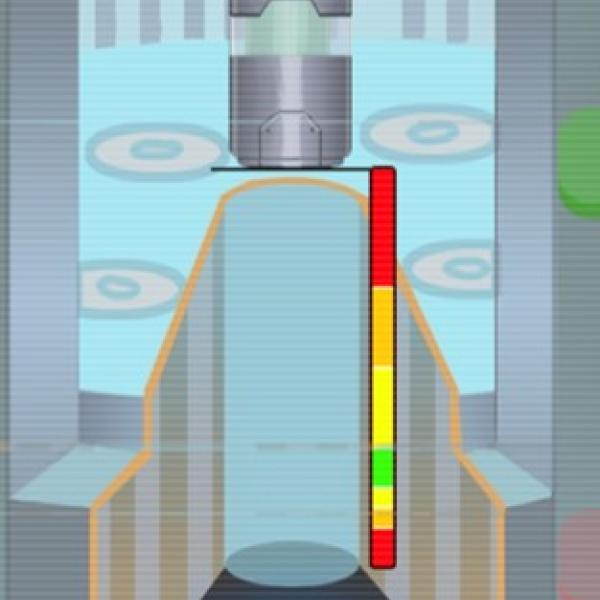
Half-life Hero
A fun educational app that teachers about nuclear medicine and industrial isotopes, and their benefits to society.
Play onlineDownload the free iOS app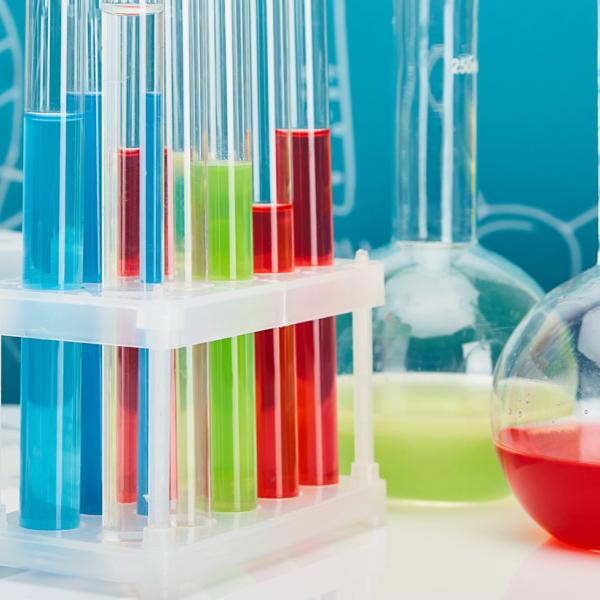
Think Science!
A free, nationwide science competition for primary and secondary school students in Years 3 to 10, Think Science! encourages students to work as part of a team to perform an investigation using the Science Inquiry skills from the Australian Curriculum and document their process and findings in a video. Over $10,000 in prizes are on offer for winning schools and students.
Competition Information